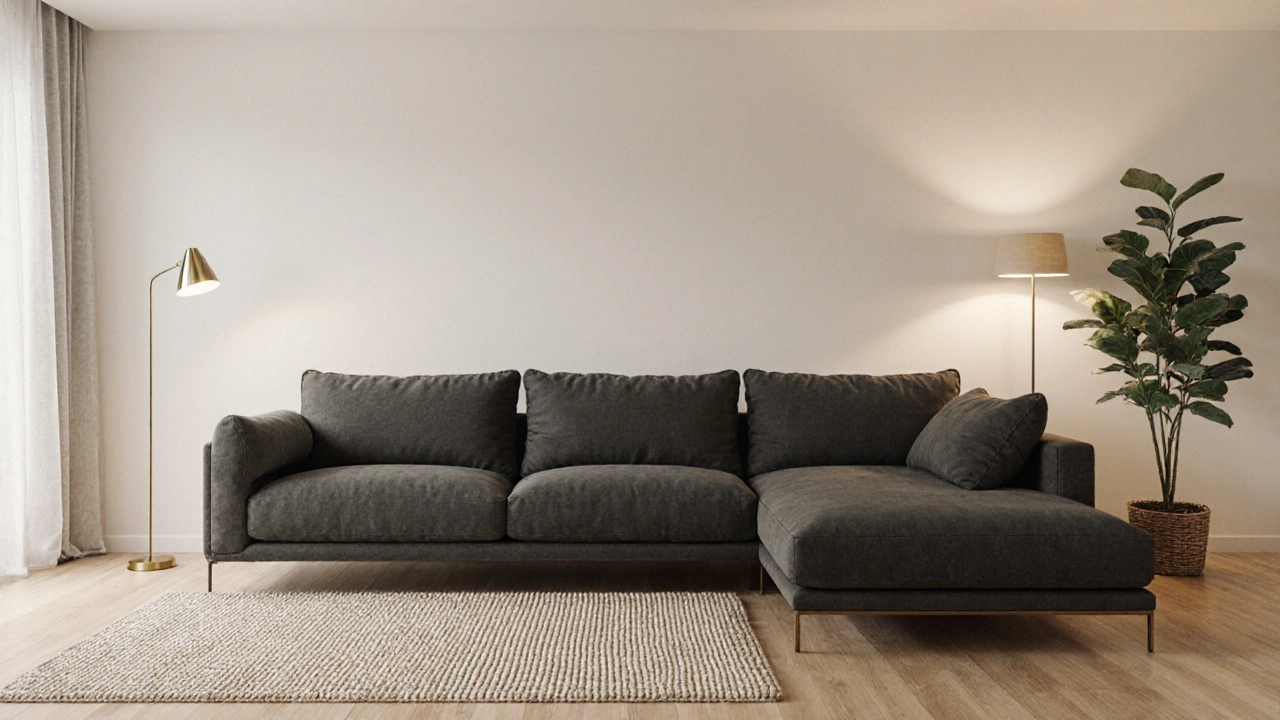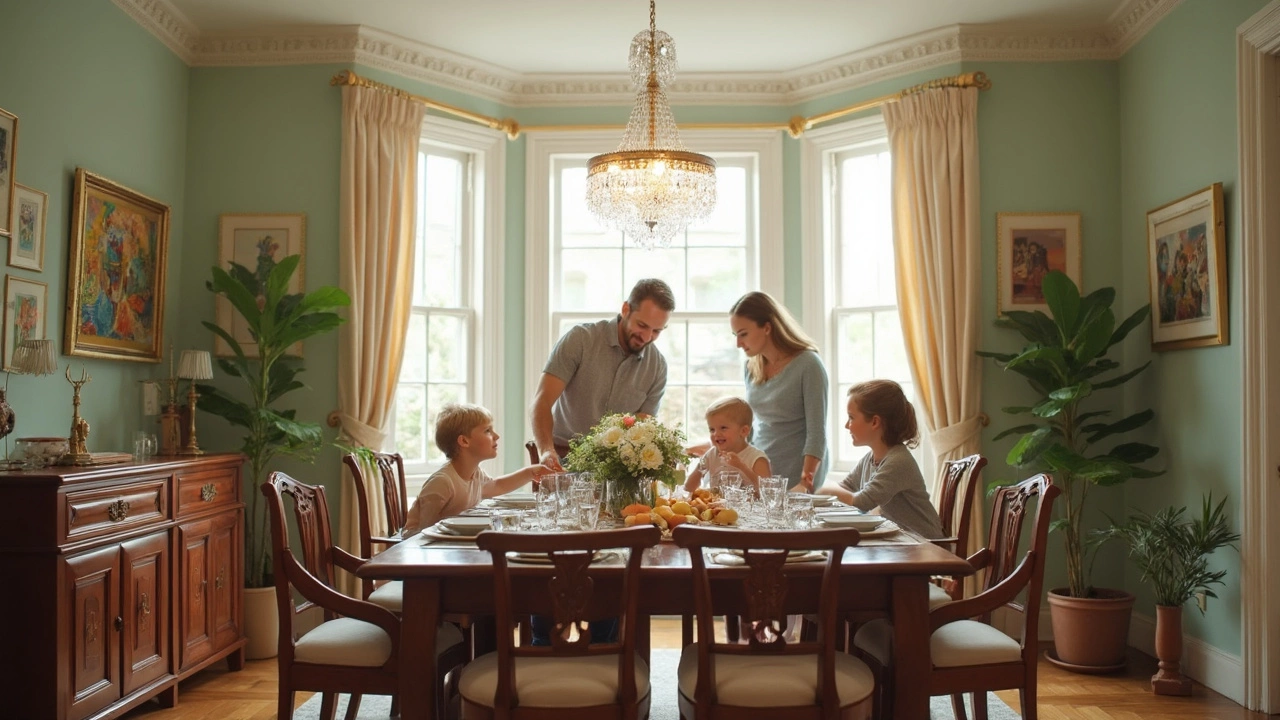Dark Furniture: How to Use It Without Overwhelming Your Space
Dark furniture can add drama, depth, and a touch of luxury to any room. If you’ve ever felt unsure about a black sofa or a deep‑brown dining table, you’re not alone. The good news is that you don’t need a design degree to make dark pieces work. Below are easy, everyday tips that help you pick, place, and style dark furniture so it feels inviting, not heavy.
Choosing the Right Dark Pieces
Start by picking one or two statement items. A dark wood coffee table, a charcoal armchair, or a navy cabinet can become the focal point without crowding the room. Look for quality construction – solid wood or sturdy metal frames hold up better and age more gracefully than cheap particle board. If the surface feels rough or the finish chips quickly, it’s a sign to keep searching.
Think about size and scale. A massive dark sofa in a tiny living room will dominate the space and make it feel cramped. Measure your floor area, then leave at least a foot of breathing room around the piece. A medium‑sized dark desk in a home office, for example, can anchor the room while still leaving room for movement.
Texture matters, too. A matte finish absorbs light, while a glossy surface reflects it. If your room gets little natural light, choose a matte or lightly distressed finish to keep the vibe soft. In a bright space, a polished dark piece can add a sleek contrast without looking flat.
Mixing Dark Furniture with Light Elements
Pair dark furniture with lighter walls, flooring, or accessories. A white plaster wall behind a dark bookshelf creates a clean backdrop that lets the piece shine. If you’ve already installed light hardwood or pale carpet, you’ll notice the dark furniture pop without feeling oppressive.
Use textiles to balance the heaviness. Throw pillows in muted pastels, a light rug, or sheer curtains can lift the mood. Even a simple beige throw over a dark leather armchair adds a cozy layer that tempers the intensity.
Don’t forget metal or glass accents. A glass coffee table in front of a dark sofa adds visual lightness while keeping the room grounded. Brass or brushed‑nickel lamp bases introduce a warm glint that works well with deep tones.
Finally, think about the overall color story. Dark furniture pairs best with earthy neutrals, cool greys, or warm tans. If you love color, add a splash of mustard, teal, or burgundy in décor pieces – just keep the big furniture pieces neutral so the room stays balanced.
By selecting a few quality dark pieces, matching them with lighter surroundings, and adding texture through textiles and accessories, you can enjoy the sophistication of dark furniture without the gloom. Try one change at a time, step back, and see how the room feels. You’ll find that dark furniture can be both striking and comfortable, fitting any style from modern to classic.
Dark Furniture Trend 2024: Is It Making a Comeback?
- Gavin Whitaker
- |
- |
- 0
Explore why dark furniture is set to dominate 2024 interiors, learn styling tips, best materials, and how to balance lighting for a modern, sustainable look.
View moreHow to Lighten Up a Dining Room With Dark Furniture
- Gavin Whitaker
- |
- |
- 0
Got a dining room full of dark furniture and worried it looks too heavy or gloomy? This guide shows you how to easily make your space feel brighter and more welcoming without replacing your beloved pieces. You'll get tips on choosing wall colors, maximizing light, and picking the right extras for a fresh vibe. Discover how to balance out the deep tones and give your room a lively, open feel. Perfect for small or large spaces that need a style lift.
View more
